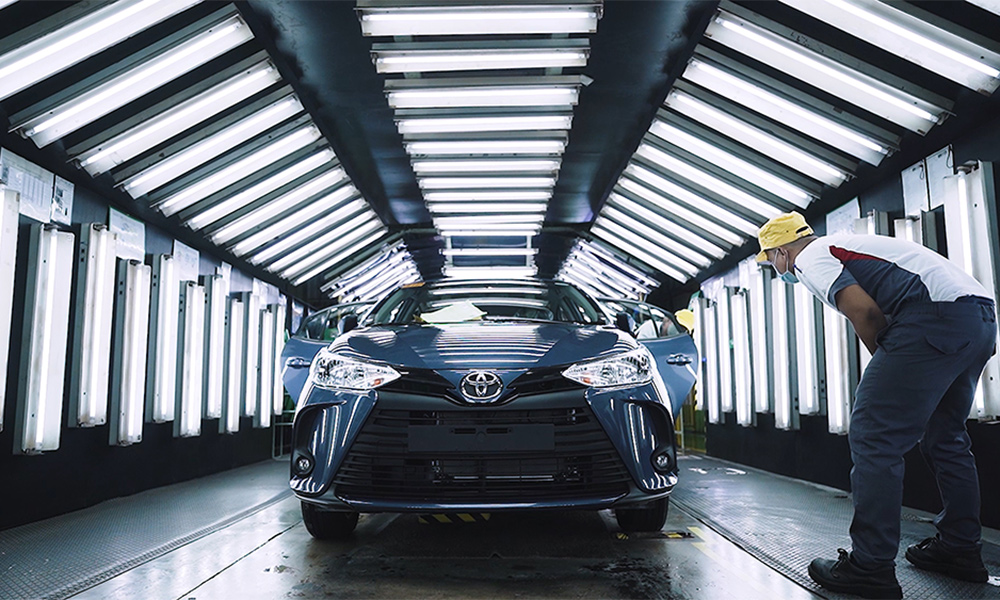
As part of Toyota Motor Philippines’ efforts to decarbonize its manufacturing in line with Toyota Motor Corporation’s Toyota Environmental Challenge 2050, TMP has signed a Retail Supply Contract to purchase “green-backed electricity” to lower its indirect emissions from manufacturing operations in its Santa Rosa plant in Laguna starting December 26.
No, TMP isn’t hooking up its Santa Rosa plant directly to renewable-energy generators by means of a giant extension cord. It’s a little more complicated than that, yet somehow simpler as well.
As a quick primer, a good portion of the Philippines is covered by one of three major electricity grids operated by the National Grid Corporation of the Philippines—the Luzon, Visayas and Mindanao grids. Generators, distribution utilities, electric cooperatives, and even large-scale direct users are connected to this grid, and electricity is sold and bought by these entities on the Wholesale Electricity Spot Market (WESM).
If your average peak electricity consumption hovers around 500kW a month, you may opt to purchase your electricity directly from one of several Retail Electricity Suppliers (RES) as opposed to being beholden to the electricity prices that your electric utility or cooperative imposes on you.
The RES purchases electricity from the WESM and from generators directly, then sells it to their customers. This is part of the Retail Competition and Open Access (RCOA) program, and customers usually comprise manufacturing plants, large offices, condominiums, et cetera.
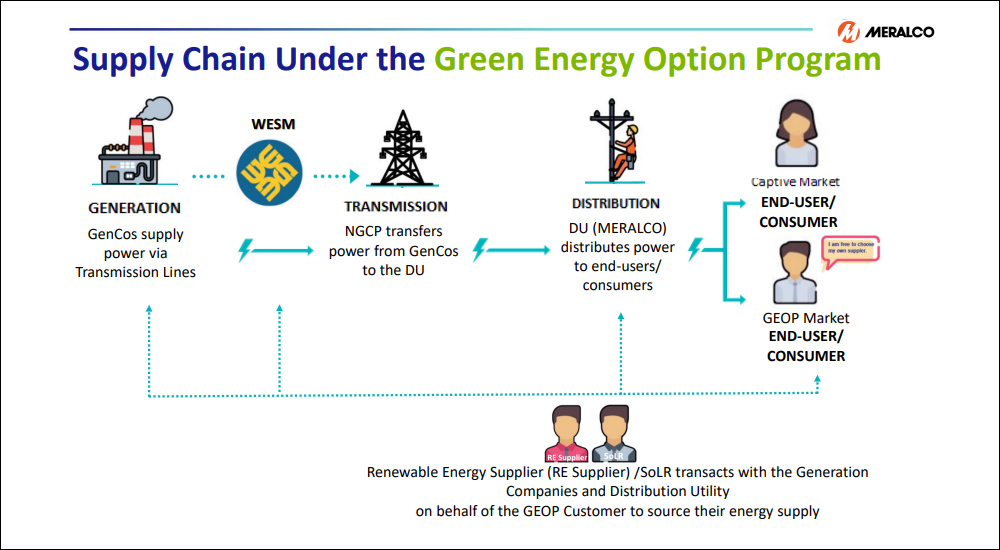
In a bid to greenify our country, the powers-that-be came up with the Green Energy Option Program (GEOP). It’s something like the RCOA, but with a lower entry threshold (100kW per month) and with electricity sourced from renewable energy. This way, more customers can opt to purchase their electricity purely from renewable sources through a retail electricity supplier.
So, while TMP does not have a direct link to renewable electricity generation facilities (save for its plant’s frankly gargantuan 1.46MW rooftop solar array), the company is still able to source 90% of its remaining power needs from renewable sources by means of what is essentially a paper trail.
Technically, it is still connected to the exact same grid powered by a mix of fossil fuels and renewable sources. However, by opting to buy electricity from an RES like TeaM (Philippines) Energy Corporation, which in turn purchases from renewable generation sources, the electricity it now spends on goes toward renewable energy specifically. Every megawatt-hour consumed comes with an International Renewable Energy Certificate, which shows that the energy usage can be traced back to domestic renewable energy sources.
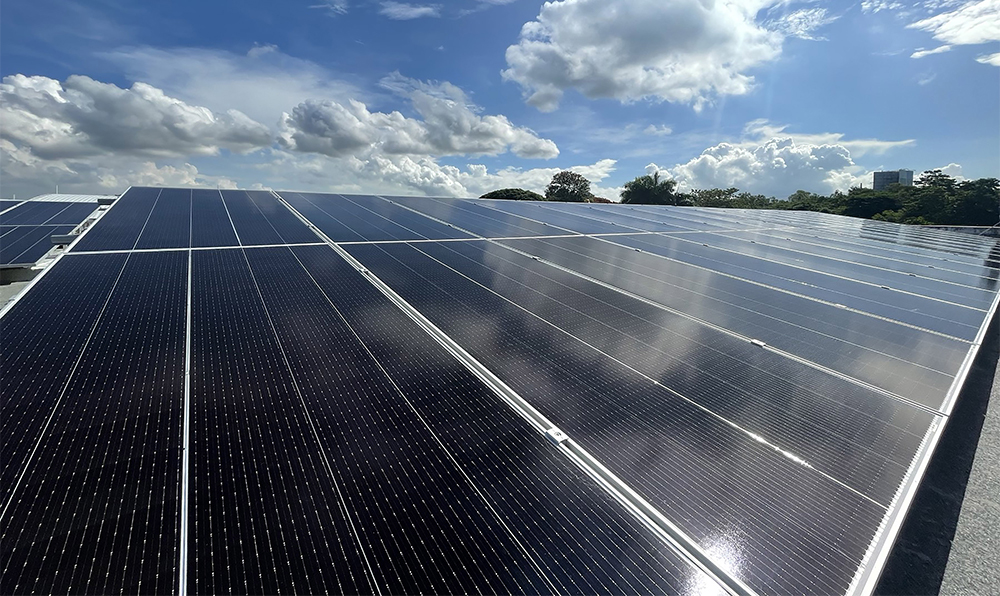
It’s not just TMP’s Santa Rosa plant that’s shifting to renewables this way, as Toyota Boshoku Philippines and Toyota Mabolo are both listed as registered GEOP end users on the Independent Electricity Market Operator of the Philippines’ database, on top of other suppliers and dealerships investing in on-site solar generation as well.
The whole scheme may initially feel like companies are merely paying for a certificate along with their electricity bill, but such an arrangement allows for these entities to source green energy in this transition period from fossil fuels to renewables while still taking advantage of the niceties that a modern electricity grid has to offer.




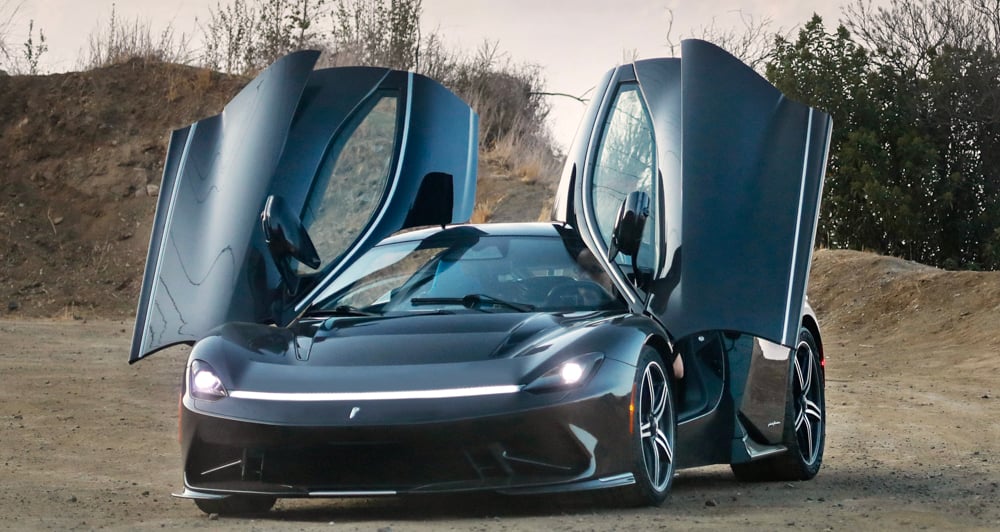
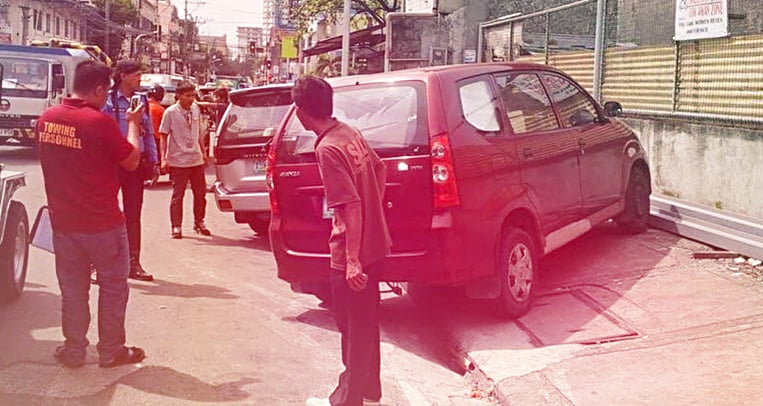



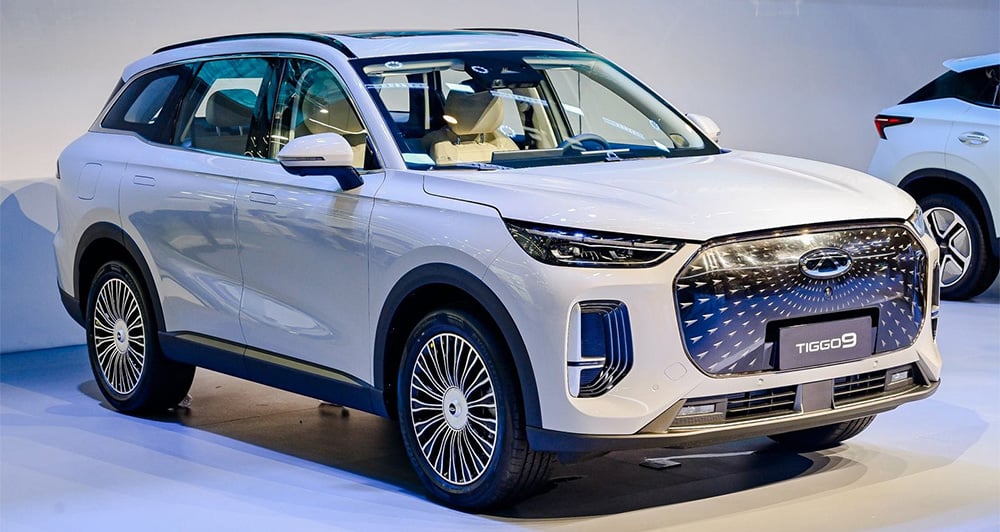

Comments